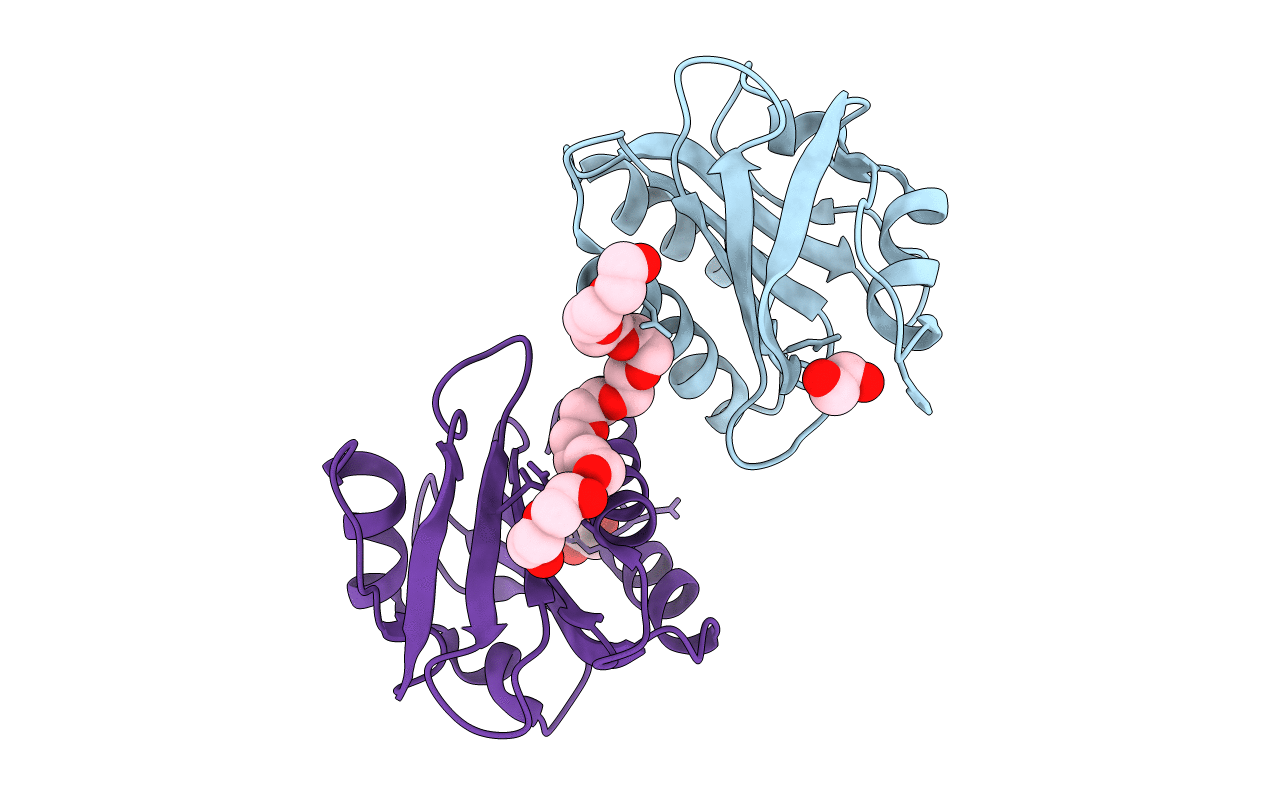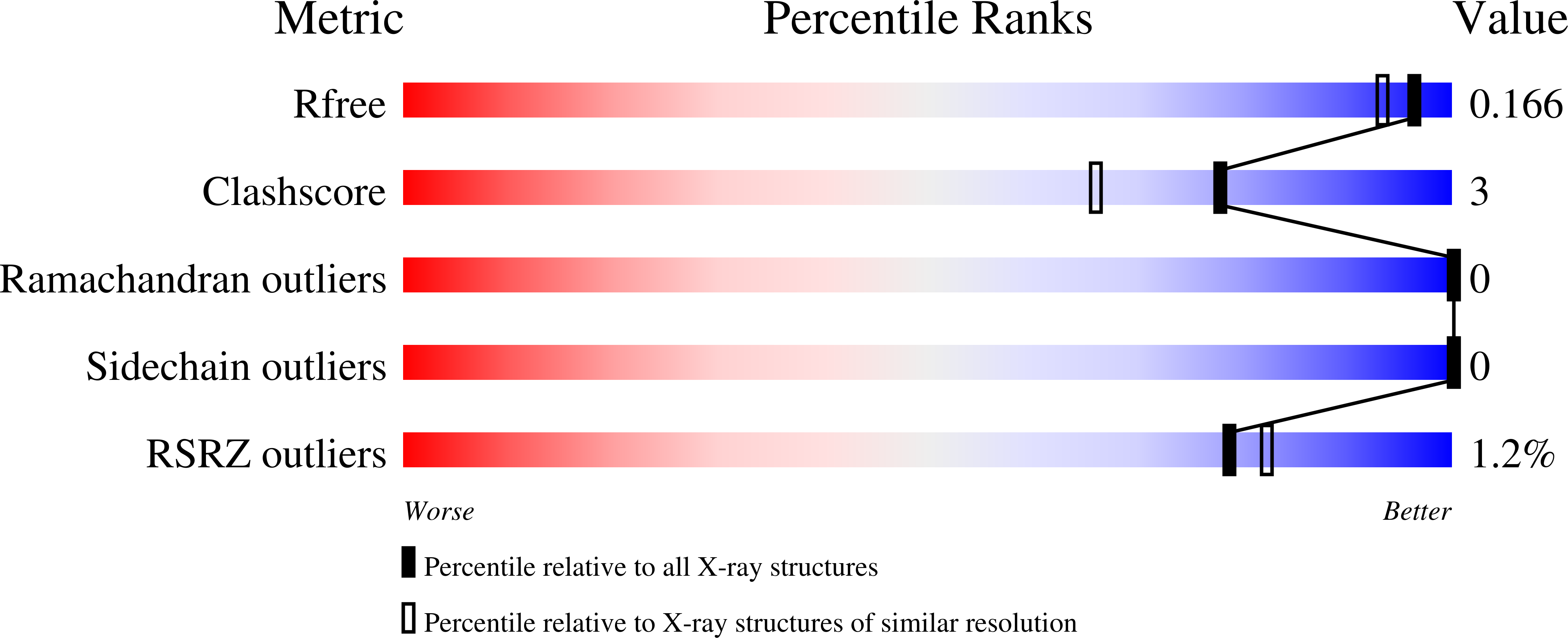
Deposition Date
2014-07-16
Release Date
2014-08-06
Last Version Date
2024-11-06
Entry Detail
PDB ID:
4QWO
Keywords:
Title:
1.52 Angstrom Crystal Structure of A42R Profilin-like Protein from Monkeypox Virus Zaire-96-I-16
Biological Source:
Source Organism:
Monkeypox virus (Taxon ID: 619591)
Host Organism:
Method Details:
Experimental Method:
Resolution:
1.52 Å
R-Value Free:
0.16
R-Value Work:
0.14
R-Value Observed:
0.14
Space Group:
P 21 21 21


